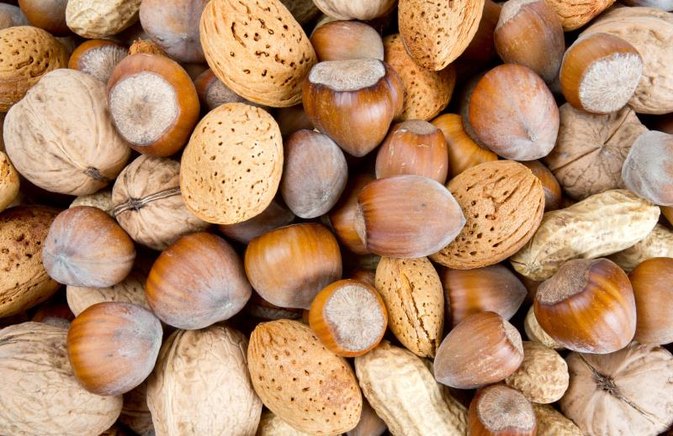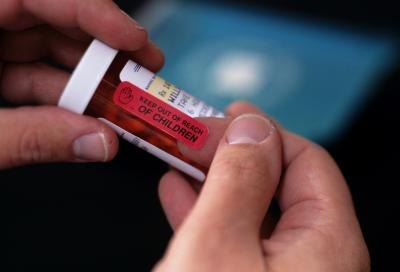Author
by
http://www.livestrong.com/article/253163-quit-smoking-diet/
by
Nicotine is as addictive as heroin, so quitting smoking is probably the hardest thing you will ever have to do. To fill the craving, many people eat. Eating gives you something to put in your mouth instead of a cigarette, and it temporarily satisfies a desire. Due to this desire, many people who quit smoking gain weight, and smokers often refuse to quit because they fear weight gain. However, eating certain foods can help you quit and stay thin.
Eating Habits
When you quit smoking, food takes on a whole new importance in your life. The first reason for this is the hand-to-mouth craving that needs to be replaced. Instead of munching on candy or potato chips throughout the day, eat nuts, seeds, grapes or berries, or chopped carrots or celery, perhaps with hummus or salsa for a dip. Such alternatives will fill your body with vital rejuvenating vitamins and minerals. Sugarless gum is also an excellent alternative. Secondly, because tobacco kills taste buds, food will taste so much better once you quit smoking. Additionally, nicotine suppresses your appetite, and without it you will be much hungrier. Instead of skipping breakfast and smoking instead, you will want to eat. The temptation is to binge eat, but this must be resisted. Several, small meals eaten instead of three large ones and plenty of nutritional snacks should help. This will also stimulate your metabolism and promote weight loss to alleviate the general weight gain quitters often experience.
Foods
You will experience low blood sugar after quitting smoking, so you should regularly eat the type of snacks that slowly release sugar into your bloodstream, like brown bread slices, small portions of whole meal cereal, apricots, pears, whole wheat crackers and natural yogurts. Foods that release serotonin into your body should help stave off the depression many quitting smokers experience. Serotonin is the chemical released when you are in love or when you eat chocolate. Healthy food sources that contain serotonin are turkey, chicken, fish, beans and nuts. Nicotine improves your concentration and withdrawal symptoms include anxiety, according to the University of Massachusetts, so you will feel drowsy. Protein improves your concentration, so when you are working, eat fish, egg whites, beans, or poultry to keep you alert. Smoking depletes your body of vitamin C, which protects the lungs and lowers your risk of cancer, so eat citrus and tropical fruits like oranges and kiwis to replenish yourself, and top up on vitamin B with bananas and leafy green vegetables to improve your nervous system.
Drinks
Drink plenty of water throughout the day to flush out all of the toxins smoking has left in your body. This will also mean that you eat less. Drink a herbal tea or hot milk before bed to relax you. Alcohol and caffeine will only make you want to smoke, so avoid them until you are over your cravings.
Exercise
When you feel a craving coming on, run, do sit-ups or push-ups. Your craving will subside, and endorphins released by the exercise will improve your mood, meaning that you are less likely to gain weight. Eat whole grain carbohydrates like pasta and rice to gain the energy to exercise.
Expert Insight
Duke University psychologist Joseph McClernon found that fruits, vegetables and dairy products, like milk, make cigarettes taste bad, but meat, coffee and alcohol make them taste good. Incorporate the first group into your diet to encourage your quitting efforts.
http://www.livestrong.com/article/253163-quit-smoking-diet/













